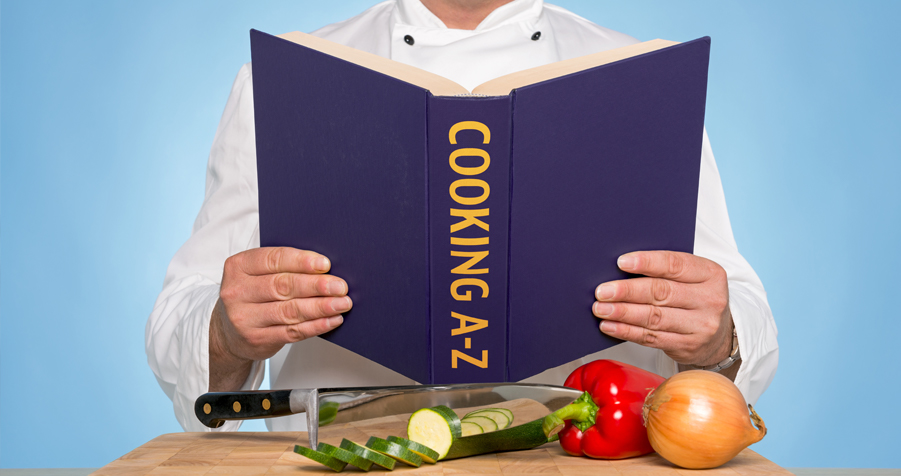There is plenty of jargon or slang when it comes to restaurants and foodservice. We've started a collection of a ton of terms you'll when working in restaurants, grocery stores, catering companies, and more. Have something you'd like to see added? Tweet us @ACityDiscount #FoodieTerms.


